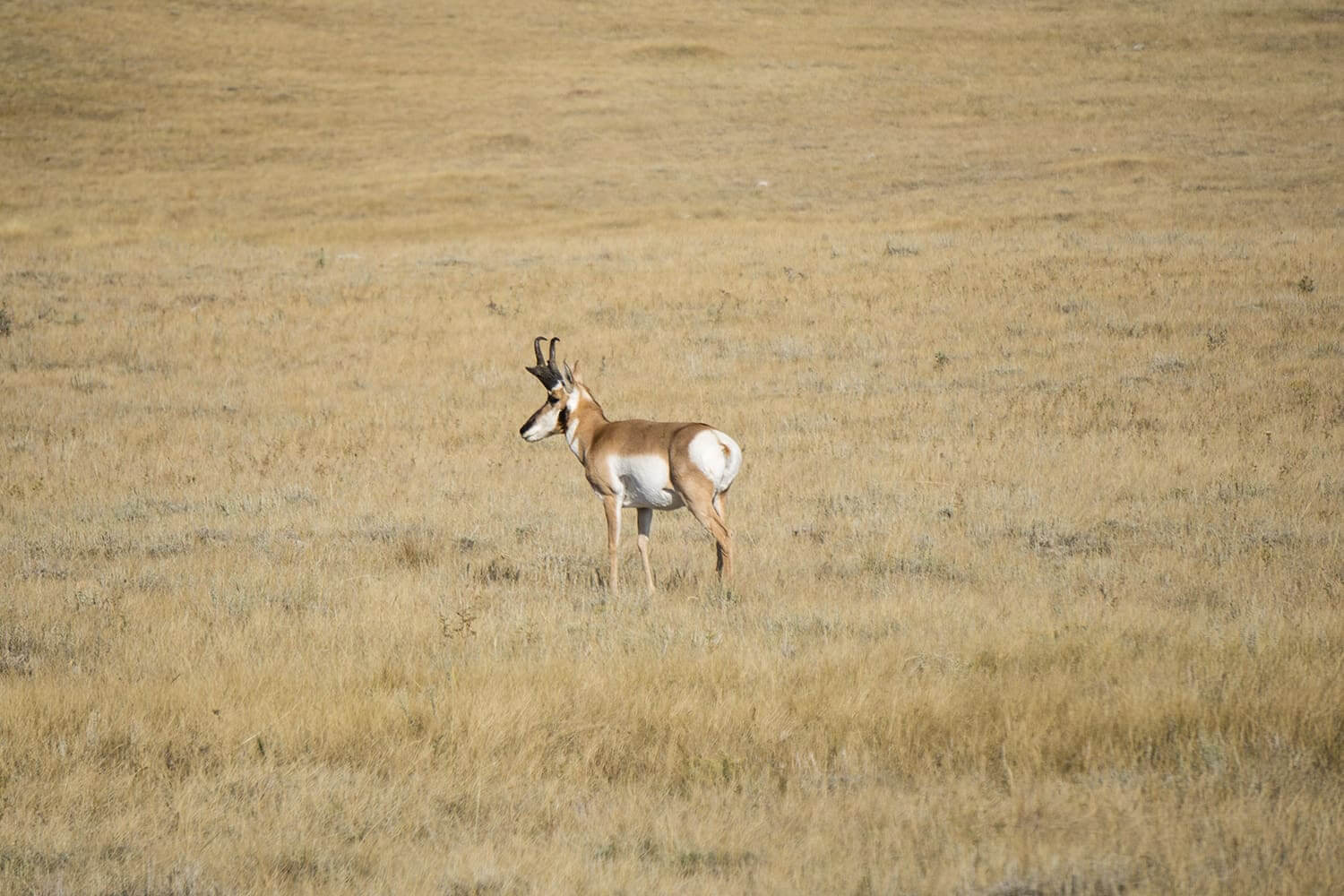By Zach Lazzari
Field judging antelope is a subjective art that requires a keen eye and great optics. Closer is always better but sometimes you are forced to make decisions from a long distance. Elk and deer are far easier to judge because they have distinct tines and features that are easy to spot. An antelope’s horn features are subtle and can be difficult to discern.
Our guides are experts at judging antelope. Experience and repetition are the best teachers. But if you’re new to pronghorn hunting, here are a few quick tips that can help you better judge a pronghorn buck in the field.
Record Book Requirements
The minimum score for Boone and Crocket entries is 70 but it takes 80 to make the four-year report. The all time records go 82 or greater. The scoring formula is based on length of horn, length of prong and circumference. This means hunters should be looking for height, mass and long prongs in the field. Pronghorn shed annually and their regrowth is not consistent year over year. They will produce greater or lesser horns based on health and range conditions.
Clues in the Field
Using the ears as a comparative measuring point is ideal in the field. Ears on pronghorn are 5-6 inches in height when you’re looking straight on but closer to 7-inches from a side profile. You are looking for around three times the ears in horn length for a quality buck.
To make things more difficult, not all pronghorn bucks have horns that curve the same direction. If a buck’s horns curve back, he won’t look very big from the front. Only when he turns sideways will you see the entire length. Or, a buck whose horns curve inwards might look small from the side view. Then when he turns straight on, you can get a better view of his length.
All that to say, it’s important to view an antelope buck from many different angles before you can decide if he’s worth pursuing. Many antelope are smaller than perceived by new antelope hunters.
Watch as many antelope as possible to improve field judging accuracy. It really takes some time to get a feel for size and many antelope will look very close in size. You will know when a big one arrives after watching the bulk of small and average size bucks. Investing in high quality optics also delivers an advantage for field judging.
Scoring After the Shot
You have an antelope down and it’s time to get busy working. Take care of the meat first and get everything field dressed, cooled and transported for processing. After the meat is handled, you can turn the focus to actually scoring the buck.
Antelope with mass and strong prong measurements tend to score quite a bit higher. There are plenty of nice, tall horns that score 70+ up to 80 but the difference maker over 80 comes from that mass and prong length. To score your antelope buck, you can use the Boone and Crockett Online Scoring Calculator here.
Learn More About Antelope Hunts with Table Mountain Outfitters
If you’d like to learn more about our guided antelope hunts at Table Mountain Outfitters, please take a few minutes to read the information on our Antelope Hunting Page. You’ll find details and pricing on all of our hunts. For availability and other details, please feel free to contact us. You can find all of our contact information here.


